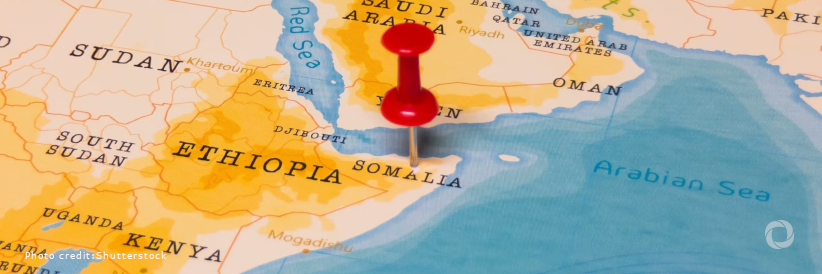Intellectual property (IP) is increasingly recognized as a fundamental pillar in the global economy, driving innovation, fostering economic growth, and providing competitive advantages across various industries. For Somalia, a country in the process of rebuilding its economy after decades of turmoil, the development and enforcement of robust IP laws are crucial for creating a vibrant trade environment and attracting both local and international investment. This article explores the evolution of IP in Somalia, its influence on key trade sectors, and the challenges and opportunities that lie ahead.
The understanding and application of intellectual property in Somalia have evolved significantly over time, deeply influenced by the country’s unique socio-political context. During the colonial era, Somalia’s legal framework was shaped by both Italian and British influences, resulting in a fragmented legal system. However, formal IP laws were largely absent in the years following independence as the nation focused on reconstruction in the aftermath of prolonged conflict.
It was not until the early 2010s that the importance of IP in economic development began to be recognized in Somalia. The creation of the Somali Intellectual Property Office which is under the Department of Industrial Development in the Ministry of Commerce and Industry (MOCI) marked a pivotal moment, as it was tasked with bringing Somalia’s IP laws in line with international standards, particularly those set by the World Intellectual Property Organization.
Somalia has made significant strides in developing its IP legal framework in recent years. A landmark achievement was the introduction of the Somali Trademarks Registration and Protection in 2019, which established a formal process for registering and protecting trademarks.
Efforts are underway to draft comprehensive legislation addressing IP such as trademarks and patents, which replace the old Law No.33 of 1975 and Law No.3 of 1987, although the new law is still in the process of being finalized. Despite these legislative advances, the effective enforcement of IP law remains a major challenge. Issues such as limited institutional capacity, low public awareness, and a still-developing judiciary have hindered enforcement efforts, leading to the proliferation of counterfeit goods and IP infringement, which in turn hampers the growth of legitimate businesses and deters foreign investment.
This article aims to investigate the current state of IP protection in Somalia, explore how well these rights are enforced, and assess their impact on the country’s economic development. The key question guiding this analysis is: What role does intellectual property play in shaping Somalia’s trade landscape?
The objective of this study is to provide a comprehensive analysis of the state of IP in Somalia, tracing its historical development and evaluating its impact on various trade sectors. By identifying both the challenges and opportunities associated with IP protection, the article aims to offer practical recommendations for strengthening Somalia’s IP framework to support broader economic growth and trade development.
To explore these issues, the article adopts a qualitative research approach, drawing on secondary data sources such as legal documents, government publications, academic research, and international IP guidelines provided by organizations like WIPO. In addition, case studies of successful IP-related initiatives in Somalia and other comparable developing countries are examined to draw relevant insights and lessons. The analysis is structured thematically, covering the historical evolution of IP laws in Somalia, the impact of IP on key trade sectors, and the challenges and opportunities related to IP enforcement.
This article is organized into several sections. Following this introduction, the next section will provide a detailed overview of the historical evolution of IP in Somalia. Subsequent sections will examine the impact of IP on key trade sectors, explore the challenges and opportunities in IP enforcement, and present case studies of IP-driven initiatives. The article will conclude with a set of recommendations aimed at strengthening Somalia’s IP framework to enhance its trade landscape.
The full article is available at the following link.

